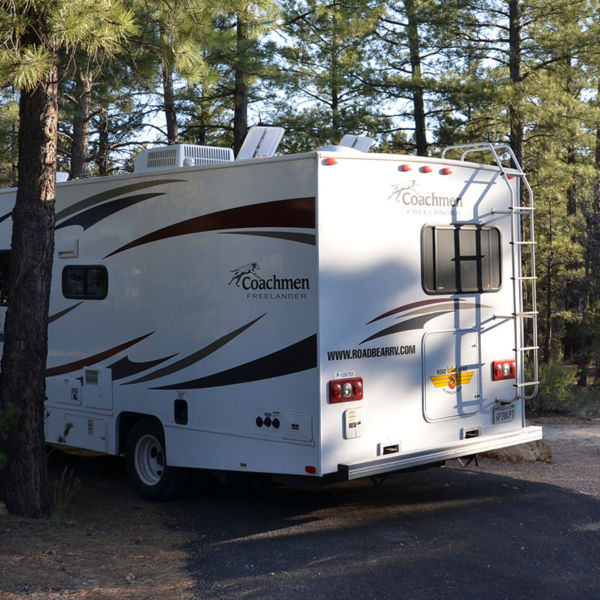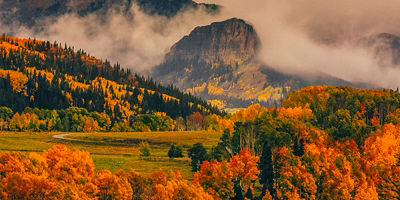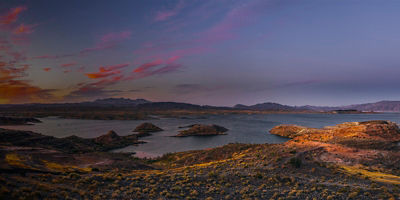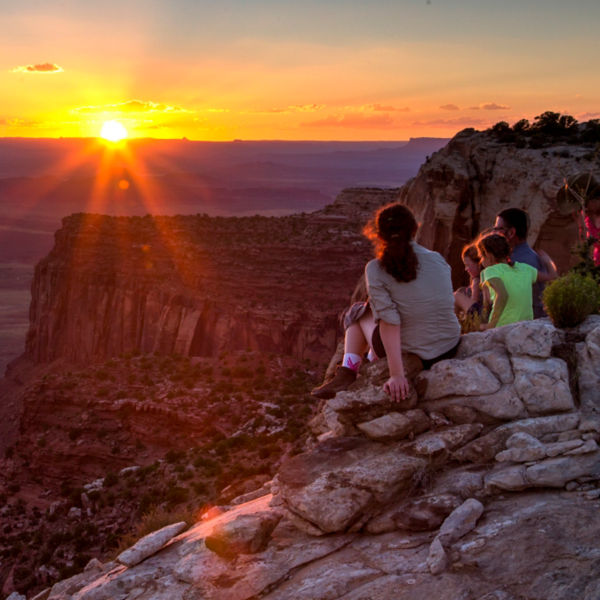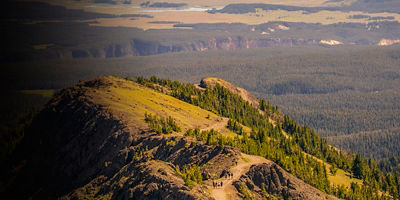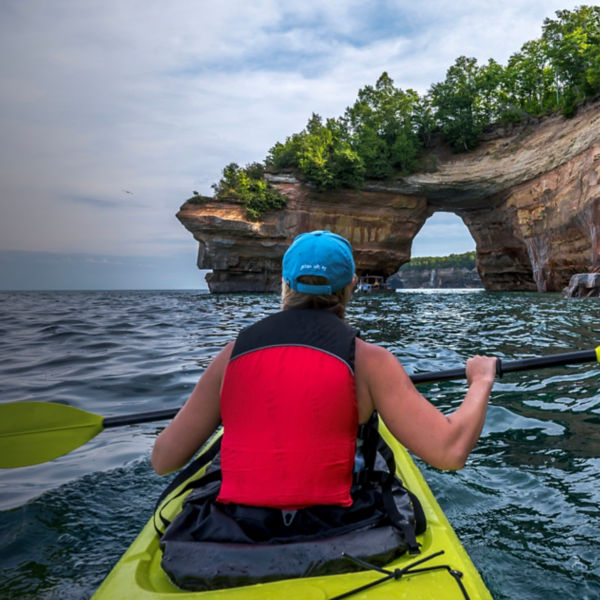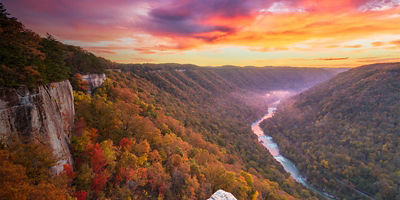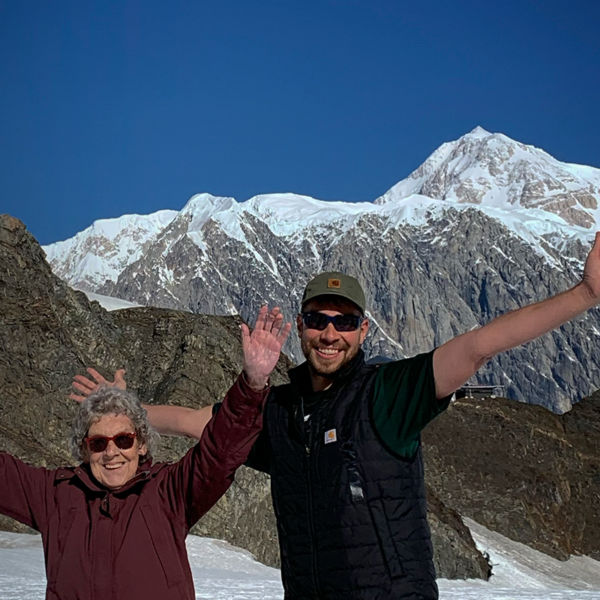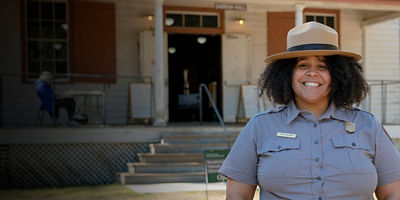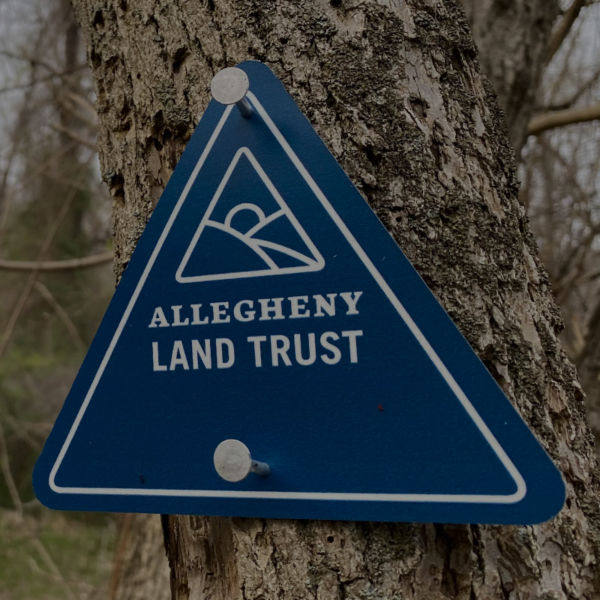
With 4 million annual visitors, Yosemite National Park gets jam-packed in the busy season, where gridlock traffic can cause delays. But there’s good news for adventurous visitors: The bike paths remain uncrowded, offering up-close and personal views of the California park’s iconic waterfalls and granite walls.
Here’s a little advice on navigating the park year-round from yours truly, a local climber and biking guide who’s spent nearly three decades exploring it: Avoid the park during weekends; and during the week, come in early and stay until late to beat traffic. Peak season—May to October—will always bring a line of cars, with many going 10 to 15 mph under the limit as they reach the entrance station. Once past the park gates, it becomes a flurry to find parking, where it’s common to see whole lines of illegally parked vehicles where families and out-of-towners have had enough of driving in circles and just pull over.
Once your vehicle is parked, then the option is to huff it on foot or catch a free shuttle. Another option, however: Pack bikes and use them. Yosemite Valley is only 7 miles around, from Mirror Lake to El Capitan Meadow, which is reasonable for most riders, young or old. (The only exception is the road leading to Mirror Lake, which climbs a hill detailed below.)
One catch: In Yosemite, bikes (including e-bikes, with some restrictions*) are only allowed on roads open to cars, which means dirt paths and singletrack trails are off-limits. There are, however, 12 miles of bike-specific paths with a speed limit of 15 mph. They parallel the main road that loops its way through the Yosemite Valley floor. There’s a free bike share program run by the Yosemite Conservancy with a limited number of bikes, plus a bike rental concessionaire that offers cruiser bike rentals in the valley on a first-come, first-served basis. Otherwise, you can reserve a rental bike through Pedal Forward in Oakhurst.
“We have two types of guests,” says Jorge Negrete, co-owner of Pedal Forward, “people who rent bikes to ride in Yosemite and those who ride bikes in the Bass Lake and Oakhurst area.”
He continues, “For the singletrack mountain bike trails outside of the park, people rent full-suspension mountain bikes. Guests also like the bikes we rent for the valley floor: a hybrid mountain bike that can climb the hills in the valley instead of just riding a cruiser.”
Getting the most out of your visit is all about avoiding crowds. If I do visit on weekends, I make sure to arrive before 9 a.m., and leave around dark. And regardless of where I plan to go, I park and unload bikes at El Cap Meadow, which means I must ride on the road for a few miles before jumping on the bike paths, but that’s a small price to pay for not sitting in traffic later.
The park service also recently announced that its reservation system is going away for 2023. This means vehicle traffic will not be restricted, and visitation will likely increase. That’s why now is the perfect time to get a bike and prepare for your trip to Yosemite.
“There is no better way to see Yosemite Valley than on a bicycle,” says Tony McDaniel from the Yosemite Mariposa County Tourism Bureau. “It’s easy to get around the valley on a bike. You’re doing it slower than in a car, so you’re enjoying it, and the flatness of it makes it really family-friendly.”
Here are six bike routes for riders of all types, from families on cruisers up to expert athletes or those on powerful e-bikes.

















